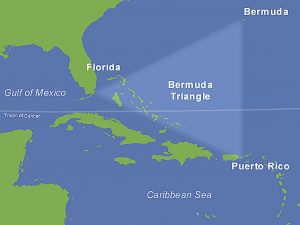Did you know that injuries are the greatest threat to the life and health of your child? Injuries are the leading cause of death of school-aged children. Yet you can prevent most major injuries!
In this article we would be looking at Safety For Your Child: 6 years.

At age 6, your child will become more independent. He or she will be able to do more things that are dangerous. Your child will try to prove that he or she is grown up. But children still aren’t good at judging sound, distance, or the speed of a moving car at this age. Your child can learn a few simple things to do for protection, but you must still be in charge of his or her safety.
Fire Safety
Make an escape plan in case of fire in your home. Your fire department can tell you how. Teach your child what to do when the smoke alarm rings. Practice what you and your child would do if you had a fire.
Do not smoke in your home. Most home fires are caused by a lit cigarette that has not been put out completely.
Install smoke alarms on every level in your house, especially in furnace and sleeping areas, and test the alarm every month. It is best to use smoke alarms that use long-life batteries, but if you do not, change the batteries once a year.
Firearm Hazards
Children in homes where guns are present are in more danger of being shot by themselves, their friends, or family members than of being injured by an intruder. Even if your child is taught never to touch a gun, if there is a gun in the house a child’s curiosity can lead to severe injury or death It is best to keep all guns out of the home. Handguns are especially dangerous. If you choose to keep a gun, keep it unloaded and in a locked place, with ammunition locked separately. Ask if the homes where your child visits or is cared for have guns and how they are stored.
Bike Safety
Protect your child from bad head injuries or even death. Make sure your child wears a properly fitted, approved helmet every time she rides a bike. Never let your child ride in the street. Your child is too young to ride in the street safely!
Street Safety
Never let your child play near the street. Your child may dart out into traffic without thinking. The park or playground is the best place to play. Begin to teach your child safe street habits. Teach your child to stop at the curb, then look to the left, to the right, and back to the left again. Teach your child never to cross the street without a grown-up.
And Remember Car Safety
Your child must now use a booster seat in the car. Always check to be sure that he or she is correctly restrained in the booster seat before you start the car. Your child should use a booster seat until the lap belt can be worn low and flat on the hips and shoulder belt can be worn across the shoulder rather than the face or neck (usually at about 4 feet 9 inches tall and between 8 and 12 years old). The safest place for all children, even through school age, is in the back seat of the car. Set a good example. Make sure you and other adults buckle up, too!
I hope you find this article helpful as well as interesting.



